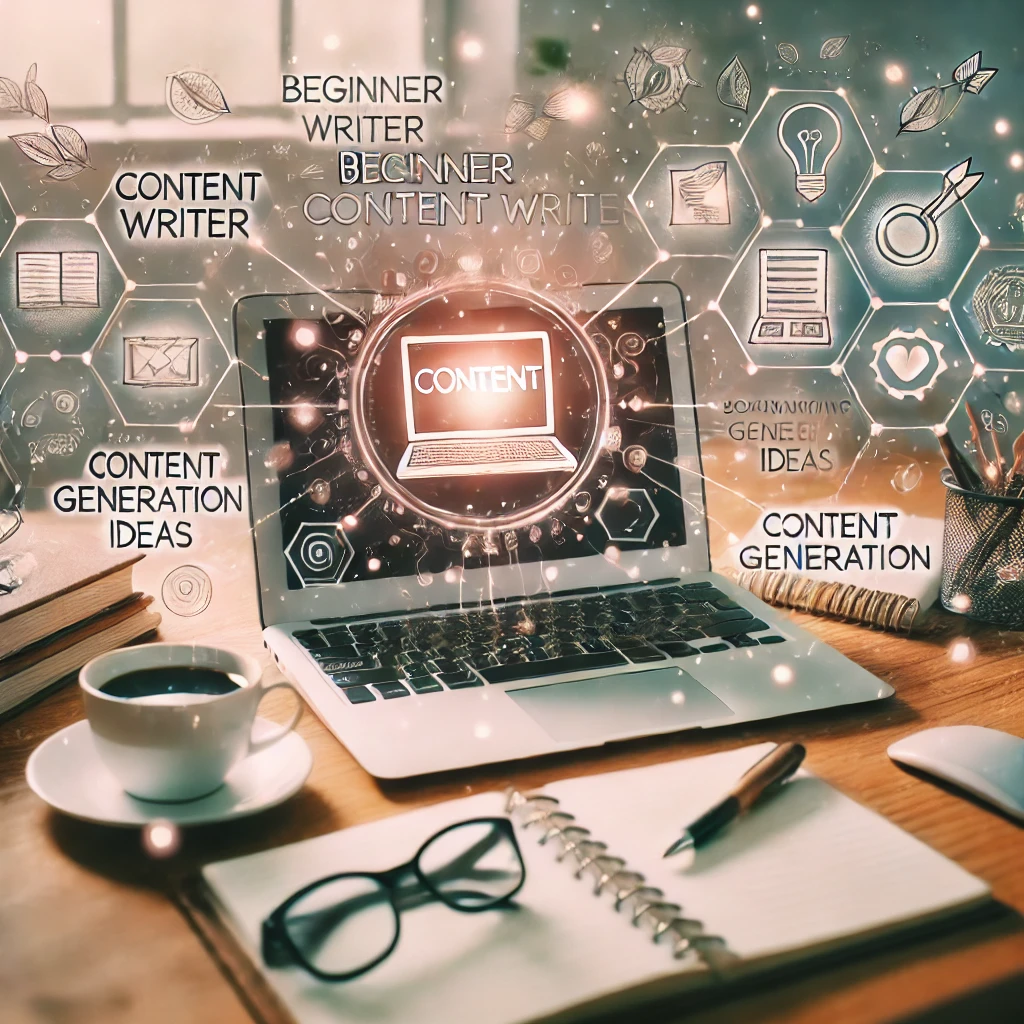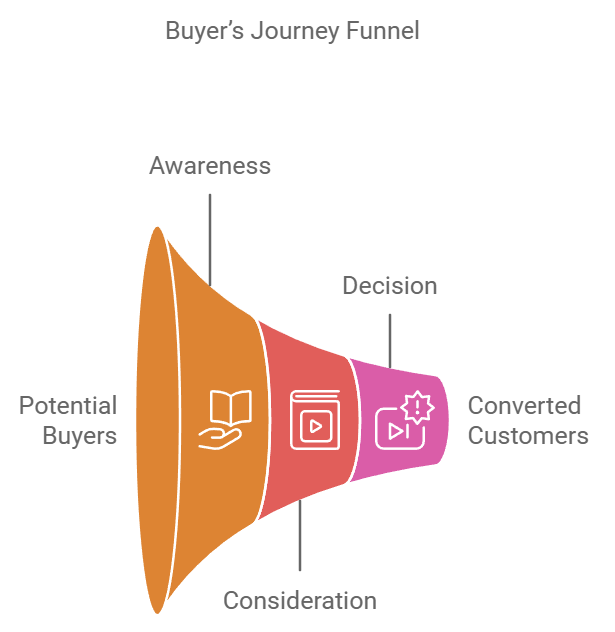
The Buyer’s Journey: Types of Content to Create for Every Stage
The buyer's journey is the process customers go through before making a purchasing decision, and it’s a roadmap for businesses to engage potential buyers effectively. From awareness to consideration and decision-making, each stage requires tailored content to meet the evolving needs of your audience. Let’s explore what type of content you should create for each stage of the buyer’s journey to guide potential customers toward conversion.
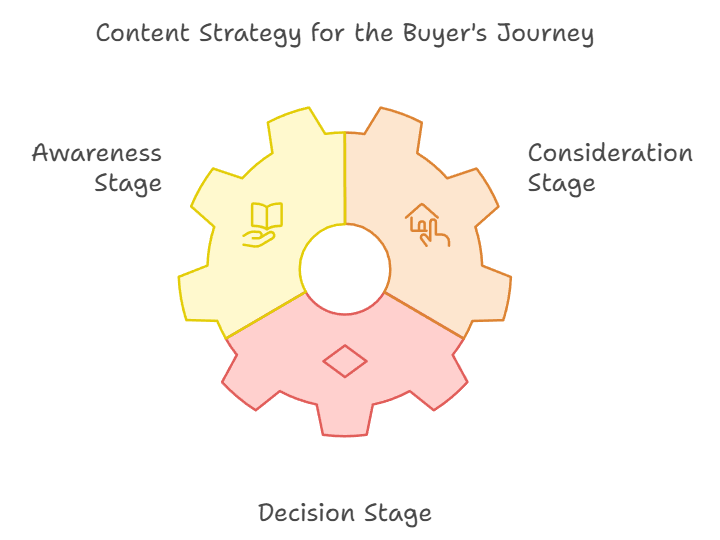
1. Awareness Stage: Attracting Attention
At the top of the funnel, buyers become aware of a problem or an opportunity they hadn’t considered before. They aren’t yet looking for solutions but are seeking information. This is where your content should focus on educating, inspiring, and addressing their concerns.
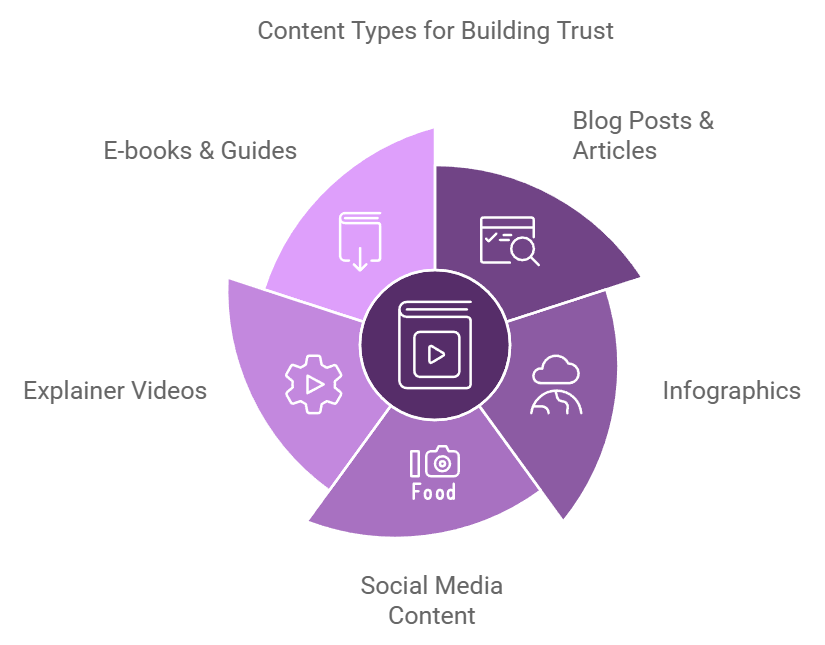
Types of Content:
- Blog Posts & Articles: Create SEO-optimized content answering common questions or addressing pain points. For instance, if you’re selling fitness equipment, write about the benefits of home workouts or the importance of staying active.
- Infographics: Visually break down key statistics, tips, or step-by-step processes that relate to the problem your product solves. Infographics are shareable and eye-catching, driving awareness.
- Social Media Content: Short, punchy posts that highlight problems or trends can spark curiosity. Think videos, polls, and carousels that engage and educate.
- Explainer Videos: Simplify complex issues in an easy-to-digest format. Videos have the potential to capture attention quickly and keep viewers engaged.
- E-books & Guides: Offer free, downloadable resources that provide in-depth education on broad topics related to your industry.
Goal: Build trust by being an informative resource. Help your audience realize they have a need, but don’t sell—just educate.
2. Consideration Stage: Offering Solutions
In the consideration stage, buyers have identified their problem and are actively looking for solutions. They’re comparing different approaches and weighing their options. At this point, your content should highlight why your product or service is a valuable option.

Types of Content:
- Case Studies: Showcase real-life examples of how your product solved a problem. Case studies provide credibility and allow potential buyers to envision themselves benefiting from your solutions.
- Webinars & Live Q&A Sessions: These interactive formats offer in-depth explanations and allow buyers to ask questions in real-time. It’s a great way to build rapport and trust.
- Product Comparison Guides: Highlight the pros and cons of different solutions, including your own. Be objective and provide facts so the buyer can make an informed choice.
- How-to Videos: Demonstrate the functionality of your product in action. Buyers at this stage want to see proof that your solution works.
- Email Campaigns: Drip email sequences can deliver valuable, focused information that keeps your product top of mind. Include links to articles, videos, or product pages that align with their current considerations.
Goal: Position your product as a strong contender by offering value and showcasing its ability to solve their problem.
3. Decision Stage: Sealing the Deal
At the decision stage, the buyer is ready to make a purchase, and your job is to provide reassurance and remove any lingering doubts. This content should focus on why your product is the best choice and how to move forward.
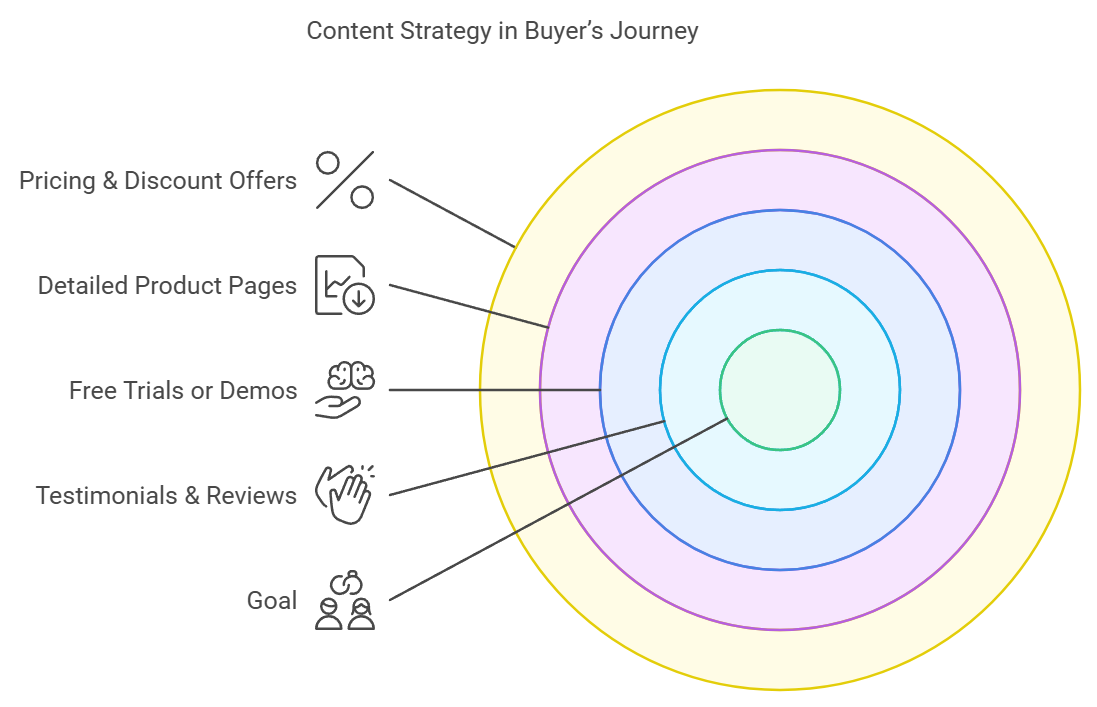
Types of Content:
- Testimonials & Reviews: Potential buyers want to hear from people like them. Display customer reviews and user-generated content to create social proof.
- Free Trials or Demos: Offering hands-on experience can tip the scales in your favor. Let them try before they buy to lower perceived risk.
- Detailed Product Pages: Provide comprehensive information, including specs, features, and benefits. Make sure to include high-quality images and videos to showcase your product in action.
- Pricing & Discount Offers: Highlight any promotions, bundle deals, or limited-time offers that encourage immediate action.
- FAQ Sections: Address common last-minute questions or concerns around pricing, return policies, or product functionality. Clear answers can eliminate hesitation.
Goal: Convince the buyer to choose you by providing the final proof they need and reducing any perceived risk.
Post-Purchase: Continuing the Journey
The buyer’s journey doesn’t end after the purchase. Post-purchase content is vital to ensure customer satisfaction and foster loyalty, turning one-time buyers into brand advocates.
Types of Content:
- Onboarding Content: Provide tutorials, how-to guides, or welcome emails to ensure they know how to get the most from your product.
- Exclusive Offers for Repeat Customers: Encourage repeat business with loyalty programs, discounts, or early access to new products.
- Surveys & Feedback Forms: Show customers you value their opinion and use feedback to improve your offering.
- Social Proof Campaigns: Encourage satisfied customers to share their experiences on social media. Feature their stories in your marketing to further build trust.
Goal: Maintain engagement, build long-term relationships, and encourage repeat purchases.
End Notes: Content is the Key to a Seamless Buyer’s Journey
Understanding the buyer's journey allows you to create relevant content that speaks to your audience's needs at every step. By focusing on awareness, consideration, decision, and post-purchase stages, you’ll build stronger relationships with your customers and increase the likelihood of conversions.
Are you creating content that aligns with each phase of the buyer's journey? It’s time to evaluate your content strategy and ensure you’re delivering value at every touchpoint.



